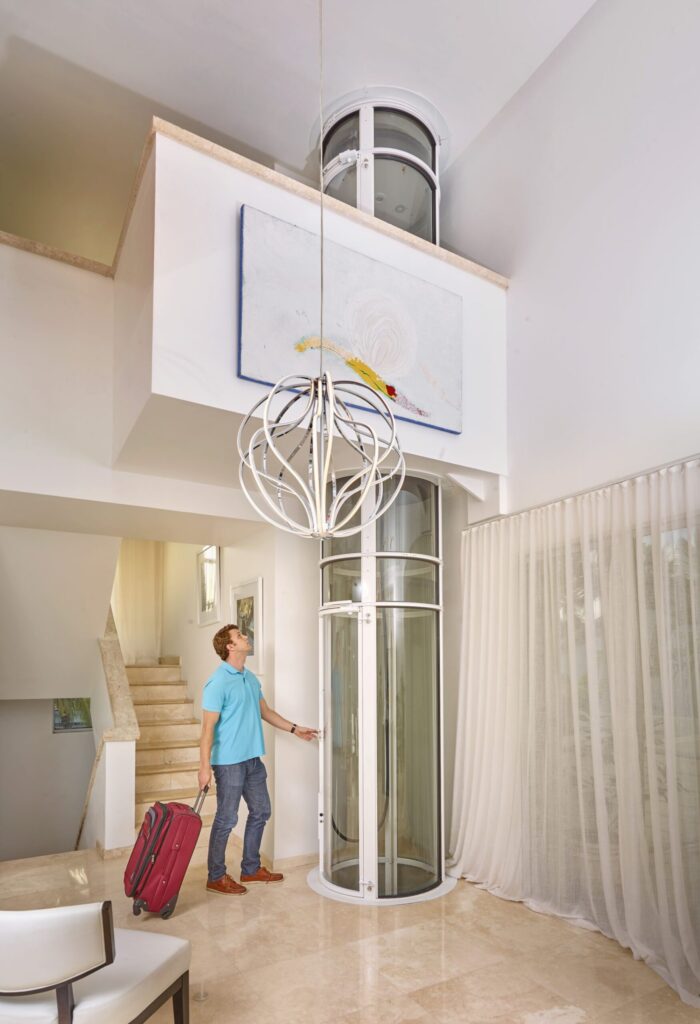Elevators in homes are no longer a symbol of extravagant mansions. Today, they offer accessibility, convenience, and even a touch of luxury to residences of all sizes and styles. Whether you’re planning a new build, considering a renovation, or simply dreaming of your future home, incorporating an elevator can elevate your living experience in unexpected ways.
Accessibility for All Ages and Abilities
One of the most significant benefits of having an elevator is accessibility. It allows individuals with mobility limitations, the elderly, and even young children to navigate different levels of a home with ease. This translates to increased independence, safety, and overall well-being for everyone residing there. It also makes your home future-proof, accommodating changing needs as you age or welcome family members with different abilities.
Design Ideas for Seamless Integration

Modern home elevators come in various sizes and styles, allowing for seamless integration into your existing space or architectural plans. Here are some inspiring ideas:
- Glass-walled elevators: Create a light and airy feel while offering stunning views of your surroundings. This is perfect for showcasing a beautiful staircase or connecting different living areas visually.
- Hidden in plain sight: Disguise your elevator within a cleverly designed closet or bookshelf, making it blend seamlessly into your home’s aesthetic.
- Spiral elevators: Opt for a space-saving spiral design, ideal for compact homes or adding a touch of whimsy to your interior.
- Platform lifts: Consider platform lifts for specific accessibility needs, offering a functional and practical solution.
Convenience and Luxury

While accessibility is a primary driver for many, home elevators offer undeniable convenience and even a touch of luxury. Imagine effortlessly transporting groceries, laundry, or luggage between floors. Picture easily accessing your home office or hobby room on a different level. The possibilities are endless.
Design for Multifunctionality and Style
Don’t limit your elevator design to pure practicality. Here are some ways to elevate the experience:
- Luxury finishes: Upgrade your elevator with wood paneling, stone accents, or even custom artwork to match your home’s décor.
- Smart home integration: Control your elevator through your smart home system, adding voice commands or app-based access for ultimate convenience.
- Custom lighting: Create a welcoming and stylish ambiance with dimmable lights or even accent lighting within the elevator cabin.
Planning and Considerations

Adding an elevator requires careful planning and consideration. Here are some key points to remember:
- Space: Assess your available space and choose an elevator design that fits comfortably. Consult with professionals to ensure proper installation and compliance with building codes.
- Budget: Home elevators vary in price depending on size, features, and installation complexity. Determine your budget and explore financing options if needed.
- Maintenance: Factor in regular maintenance costs to ensure smooth operation and safety.
- Legal requirements: Familiarize yourself with any local building codes or regulations pertaining to home elevator installation.
Investing in Your Future
Adding an elevator to your home is an investment that can enhance your quality of life, increase the value of your property, and make your living space more accessible and enjoyable for everyone. By considering your needs, exploring design options, and planning carefully, you can create a beautiful and functional solution that elevates your home in every sense.
Special Considerations for Different Home Types

Tailor your elevator design to your specific home type:
- Multi-story homes: Consider two or more stops for maximum accessibility and convenience.
- Small homes: Opt for space-saving designs like spiral elevators or platform lifts.
- Historic homes: Integrate the elevator subtly while respecting the architectural integrity.
- Basements and attics: Utilize chairlifts or platform lifts for easy access to these often-underutilized spaces.
The Green Side of Elevators
Explore eco-friendly options for a sustainable choice:
- Energy-efficient models: Look for elevators with regenerative braking systems and LED lighting.
- Solar-powered options: Harness the sun’s energy to power your elevator, reducing your carbon footprint.
- Sustainable materials: Choose recycled or responsibly sourced materials for the elevator construction.
Technology that Elevates (Your Experience)
Embrace the latest advancements in elevator technology:
- Touchscreen controls: Enjoy intuitive and user-friendly interfaces.
- Biometric access: Opt for secure and convenient fingerprint or facial recognition access.
- Smart home integration: Control your elevator through your smart home system for seamless automation.
- Voice-activated commands: Operate your elevator hands-free for added convenience.
Beyond the Elevator: Accessibility Throughout Your Home
Remember, accessibility goes beyond the elevator itself. Consider these additional elements:
- Wider doorways: Ensure smooth transitions between rooms.
- Ramps and lifts: Provide access to different levels and outdoor spaces.
- Lowered countertops and switches: Make everyday tasks easier for everyone.
- Non-slip flooring: Enhance safety and prevent falls.
Beyond Design: Choosing the Right Home Elevator
Now that you’re inspired by the design possibilities, let’s navigate the technical aspects. Choosing the right home elevator requires careful consideration of features, functionality, and your specific needs.
Key Features to Consider:
- Size and capacity: How many people and what weight capacity do you need?
- Travel distance and number of stops: How many floors does your home have, and where do you want stops?
- Speed and noise level: Do you prioritize speed or a quiet ride?
- Drive system: Hydraulic, pneumatic (vacuum), or traction elevators each have pros and cons.
- Safety features: Emergency call systems, power outages safety protocols, automatic door openers are crucial.
- Accessibility features: Consider wider doors, handrails, wheelchair accessibility if needed.
- Customization options: Choose materials, finishes, and lighting to match your home’s décor.
- Smart home integration: Can you control the elevator through your smart system?
- Warranty and maintenance: What are the coverage terms and ongoing maintenance requirements?
Exploring PVE Home Elevators:
PVE is a reputable manufacturer known for its innovative pneumatic vacuum elevators. These offer unique advantages:
- Space-saving: No machine room or shaft needed, perfect for retrofits or smaller homes.
- Energy-efficient: Lower energy consumption compared to traditional elevators.
- Quiet operation: Ideal for noise-sensitive environments.
- Variety of models: Single, double, and wheelchair-accessible options available.
- Customization options: Wide range of colors, finishes, and materials to choose from.
- Safety features: Comprehensive safety measures built-in for peace of mind.
Remember:
- Researching multiple brands and comparing features is vital.
- Consult with professionals to determine the best fit for your home and needs.
- Consider long-term costs like maintenance and potential upgrades.
Ready to elevate your home and your life? Start your research today! Consult with reputable home elevator companies, including PVE, to explore options that match your style, budget, and accessibility needs. Let them guide you towards creating a haven of ease and comfort in your own home.
Frequently Asked Questions about Houses with Elevators:
Q: Is it worth putting an elevator in my house?
A: Whether adding an elevator is worthwhile depends on your individual needs and priorities. Consider factors like:
- Accessibility: Do you or someone in your household have mobility limitations? An elevator can improve independence and safety.
- Convenience: Would an elevator make carrying groceries, laundry, or luggage easier?
- Future-proofing: Are you planning to age in place? An elevator can help maintain your independence as you get older.
- Resale value: In some areas, elevators can increase your home’s value.
Q: Can any house have an elevator?
A: Generally, yes! Most homes can accommodate an elevator with careful planning. Factors like space availability, load-bearing capacity, and existing structures need evaluation. Consult with professionals to assess your specific situation.
Q: What are the benefits of having a home elevator?
A: Benefits include:
- Increased accessibility: Improves mobility for all, especially those with limitations.
- Enhanced convenience: Effortlessly transport items between floors.
- Safety: Reduces risk of falls on stairs.
- Comfort: More enjoyable access to all areas of your home.
- Potential resale value boost: Depending on your location and market.
Q: Which elevator is best for my home?
A: There’s no single “best” elevator. The ideal choice depends on your:
- Needs: Size, capacity, accessibility features.
- Budget: Prices vary depending on features and complexity.
- Home layout: Available space, shaft options, existing structures.
- Style preferences: Aesthetics and finishes to match your décor.
Q: Which elevator is safer?
A: All reputable home elevator brands prioritize safety. Look for features like:
- Emergency call systems.
- Power outage safety protocols.
- Automatic door openers.
- Entrapment prevention measures.
- Regular inspections and maintenance.
Q: What is cheaper than an elevator?
A: More Modern options include:
- Stairlifts: Suitable for straight staircases and individuals with some mobility.
- Platform lifts: Can navigate straight or curved staircases, but less adaptable than elevators.
- Grab bars and other accessibility aids: Can enhance safety on existing stairs.
Q: Which type of elevator is best?
A: Common types include:
- Hydraulic: Space-efficient, good for moderate speeds and capacities.
- Pneumatic (vacuum): Space-saving, energy-efficient, quieter operation.
- Traction: High-speed, suitable for taller buildings, requires a machine room.
Consult with professionals to determine the best type for your needs.
Q: Do home elevators still free fall?
A: No, modern home elevators have multiple safety features preventing free fall. These include:
- Governor systems: Control descent speed in case of emergencies.
- Safety brakes: Engage automatically in case of power loss.
- Buffer springs: Cushion impacts at landing and stopping points.
Q: What is the smallest elevator available?
A: PVE30 is a pneumatic vacuum elevator known for its compact size, making it ideal for retrofits or smaller homes. It accommodates one person with a capacity of 300 lbs.








